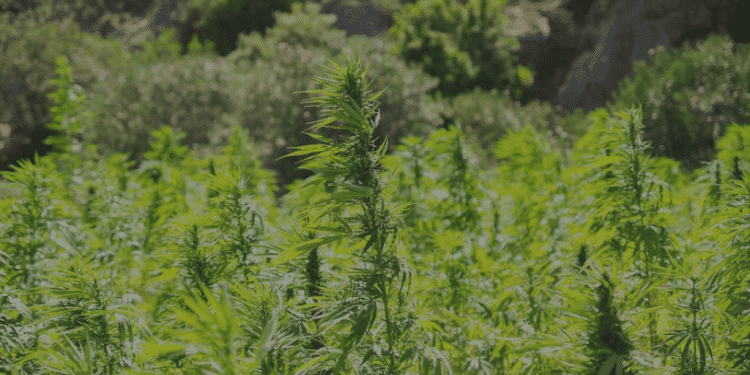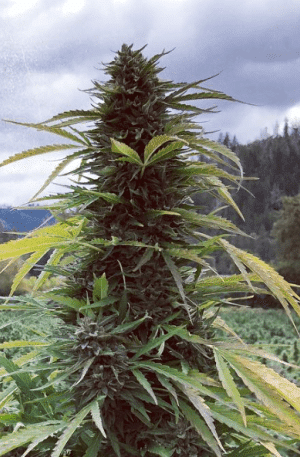Anyone involved in hemp extraction is likely very familiar with the perplexity of the United States Department of Agriculture’s (USDA) Interim Final Rule (IFR), which sought to finally set some hemp regulations. There’s good and not so good therein, though, and we’ll start with the latter. The former will be addressed in Part 2 next week.
Any input biomass for extraction is supposed to be < 0.3% delta-9-tetrahydrocannabinol (THC). Or is it total THC, since the plant predominantly contains acidic and not neutral cannabinoids? Let’s consult the IFR for guidance.
On page 58523, the document reads, “For the purposes of this new part, and as defined in the 2018 Farm Bill, the term ‘‘hemp’’ means the plant species Cannabis sativa L. and any part of that plant, including the seeds thereof and all derivatives, extracts, cannabinoids, isomers, acids, salts, and salts of isomers, whether growing or not, with a delta-9 tetrahydrocannabinol concentration of not more than 0.3 percent on a dry weight basis.” Jesus — we’re all the way down to salts of isomers, and if I’m reading this right, and haven’t gone mad, and have separated out the commas effectively, it says including cannabinoids with a delta-9 THC concentration of not more than 0.3%? Shouldn’t regulations be understandable and not require cosmic powers for translation? Regardless, this paragraph clearly states that it is THC and not THCA that the USDA is after.
But oh, no! Page 58524, however, states that, “Samples must be tested using post-decarboxylation or other similarly reliable analytical methods where the total THC concentration level reported accounts for the conversion of delta-9-tetrahydrocannabinolic acid (THCA) into THC. Testing methodologies currently meeting these requirements include those using gas or liquid chromatography with detection.”
A-ha! If you can use gas chromatography to do the analysis, it really is total THC and not THC that must be below 0.3%. This is all predicated on farmers growing industrial hemp, but with the advent of everyone and their clone creating hemp-derived cannabidiol products, industrial hemp really isn’t being grown much anymore. You can’t look at modern day hemp plants the same as those grown for fiber, like in the infamous Hemp for Victory days. No. These days, hemp is grown for dank, dripping resin, for trichomes and terpenes. Isn’t it about time we evolve from archaic, rather silly laws?
The IFR also mandates that within 15 days to harvest, “Federal, State, local, or Tribal law enforcement agency or other Federal, State or Tribal designated person shall collect samples from the flower material from such cannabis plants for delta-9 tetrahydrocannabinol concentration level testing.” No one seems concerned about contaminants like pesticides or mycotoxins. The feds are fixated on THC.
And if you have a harvest that’s at 0.4% THC (still not sure if it’s THC or total THC) in your flowers, the plant is considered cannabis, and must be destroyed, which is weird, especially in states with legalized cannabis. So, if a hemp farmer carefully cultivates their crop and perhaps ends up over the THC threshold, then acres of biomass must be wasted (not to mention time, supplies, money) when any cannabis growhouse down the street is flirting with 20% THCA or more? What’s more, hemp extraction to generate crude oil concentrates THC potency perhaps 10-fold or more. Further product refinement boosts that THC content to perhaps 5+%. These products must be diluted to be commercially sold, so isn’t it really the final product that’s important, given that various stages of product refinement will by definition lead to “hot” intermediate products?
The USDA guidance for testing document advises that farmers should “dry sample to remove the majority of water.” While this might just be in reference to the specific samples being submitted to the lab, most cultivators are not going to want to dry any sample to near completion. If you read Terpenes & Testing blogs or articles, I know you know why. Many of those wonderful, but fragile, volatile terpenes evaporate during the curing stage, and therefore, a moisture range of perhaps 5 to 8% is employed, which is similar with cannabis. This USDA suggestion also boosts THC potency, since these values are weight percentages. The more you dry, the more THC goes high.
I don’t know, man. While I’m happy the feds see the point in generating regulations, I think it’s about time to get out of the 1980s (the Reagan Years) philosophy of THC being demonic, or maybe worse, the Anslinger gibberish about THC leading to all sorts of debauchery. Given that hemp products are legal and sold just about anywhere, contaminants should be the focal point of any further regs, and not a molecule that’s already proven itself time after time in the scientific literature (when actually studying it has been permitted).
Image Credit: Blue Forest Farms













